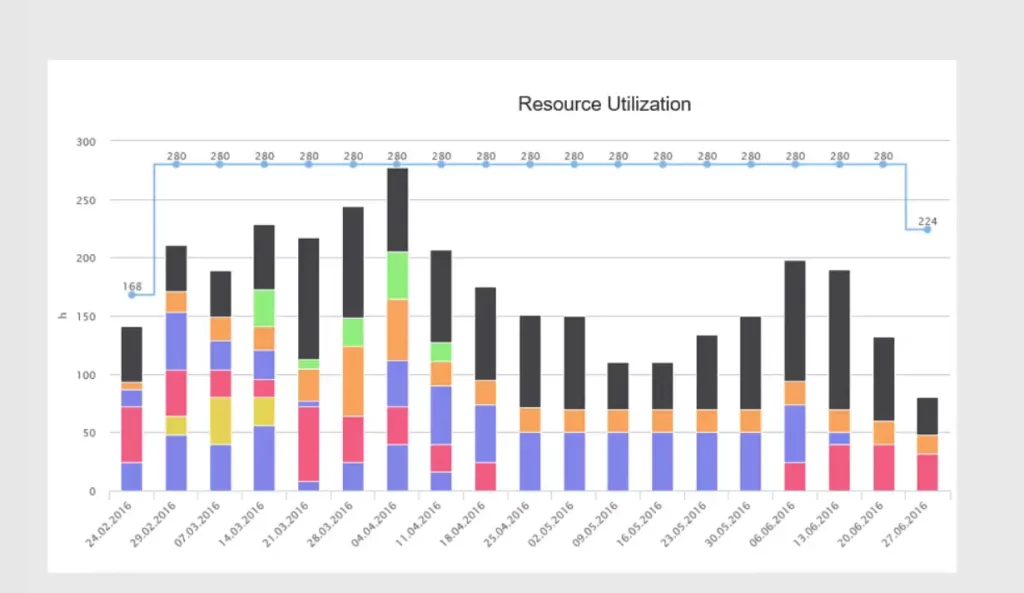
In the fast-paced world of IT, where downtime can result in significant losses, reliability is paramount. Clustering technologies offer a powerful solution to ensure that systems remain operational even in the face of failures. These technologies group multiple servers or machines to work together as a single system, thereby enhancing reliability, scalability, and performance. This blog will explore the importance of clustering technologies, their benefits, and why they are essential in today’s digital landscape.
Clustering technologies are designed to ensure that applications, databases, and services remain available and responsive, even during hardware failures or unexpected spikes in demand. At its core, clustering involves connecting multiple servers (often referred to as nodes) to work as a unified system. This setup allows workloads to be distributed across various machines, improving fault tolerance, load balancing, and overall system performance.
Clustering is not just about keeping systems running—it’s about ensuring they run smoothly, efficiently, and without interruption. In an era where businesses operate 24/7, and customers expect seamless experiences, clustering technologies provide the backbone that supports these high expectations.
Importance of Clustering Technologies
This section will focus on discussing the importance of clustering technologies:
High Availability
One of the most significant advantages of clustering technologies is their ability to provide high availability. In a clustered environment, if one node fails, another can take over its workload almost instantaneously. This failover capability ensures that services remain available even during hardware or software failures, minimizing downtime and maintaining user trust.
High availability is particularly critical for businesses that rely on continuous online presence, such as e-commerce platforms, financial services, and telecommunications. Downtime in these sectors can result in substantial financial losses and damage to reputation. Clustering technologies act as an insurance policy against such risks, ensuring that systems remain accessible at all times.
Scalability
As businesses grow, so do their IT requirements. Clustering technologies provide a scalable solution to accommodate this growth. By adding more nodes to a cluster, businesses can increase their computing power and storage capacity without overhauling their entire IT infrastructure. This scalability is not just about handling more data or users; it’s about doing so efficiently and cost-effectively.
For instance, during peak shopping seasons, e-commerce platforms can experience a surge in traffic. Clustering allows these platforms to handle the increased load without compromising performance. Similarly, data-intensive applications like big data analytics can benefit from clustering by distributing complex computations across multiple nodes, reducing processing time.
Enhanced Performance

Performance is a key factor in user experience. Slow response times can frustrate users and drive them away. Clustering technologies enhance performance by distributing workloads across multiple nodes, ensuring that no single server is overwhelmed. This load balancing capability allows applications to run faster and more efficiently.
In addition to improving response times, clustering also enhances the performance of data-intensive applications. By parallelizing tasks across multiple nodes, clustering can significantly reduce the time required to process large datasets. This is particularly beneficial in fields like scientific research, financial modeling, and real-time data analysis, where speed is crucial.
Fault Tolerance
Fault tolerance is the ability of a system to continue operating in the event of a failure. Clustering technologies provide fault tolerance by replicating data and services across multiple nodes. If one node fails, another can quickly take over, ensuring that users experience minimal disruption.
This fault tolerance is essential for mission-critical applications where downtime is not an option. For example, in the healthcare sector, where systems are used to monitor patients and manage medical records, any disruption could have severe consequences. Clustering technologies ensure that these systems remain operational, even in the face of hardware failures.
Disaster Recovery
Disaster recovery is a vital component of any IT strategy. In the event of a catastrophic failure, such as a natural disaster or a major hardware failure, clustering technologies can help businesses recover quickly. By replicating data and services across multiple locations, clustering ensures that a backup is always available.
For businesses that operate in regions prone to natural disasters or other risks, clustering technologies offer peace of mind. They provide a safety net that allows businesses to resume operations quickly, minimizing downtime and data loss.
Read More : Critical Role of Load Balancers in IT Infrastructure
Benefits of Clustering Technologies

Now we will discuss the benefits of clustering technologies:
Cost Efficiency
While clustering technologies require an initial investment in hardware and software, they can lead to significant cost savings in the long run. By allowing businesses to scale their IT infrastructure incrementally, clustering eliminates the need for costly hardware upgrades. Additionally, the improved reliability and performance provided by clustering can reduce the costs associated with downtime and poor performance.
Moreover, clustering technologies often support the use of commodity hardware, which is less expensive than specialized systems. This means that businesses can build powerful, reliable clusters without breaking the bank.
Simplified Management
Managing a single, large server can be complex and time-consuming. Clustering technologies simplify management by distributing workloads across multiple nodes. This distribution allows for easier monitoring, maintenance, and troubleshooting.
Many clustering solutions also come with advanced management tools that provide a centralized view of the entire cluster. These tools enable IT administrators to monitor the health of individual nodes, track performance metrics, and manage resources more effectively.
Improved Resource Utilization

Clustering technologies optimize resource utilization by ensuring that workloads are evenly distributed across all available nodes. This optimization prevents any single node from becoming a bottleneck, leading to more efficient use of computing resources.
In addition to improving performance, this balanced resource utilization can also extend the lifespan of hardware. By spreading workloads evenly, clustering reduces the wear and tear on individual servers, potentially delaying the need for costly replacements.
Flexibility and Customization
Clustering technologies offer a high degree of flexibility and customization. Businesses can design clusters to meet their specific needs, whether they require high availability, enhanced performance, or fault tolerance. This customization allows businesses to build IT infrastructure that aligns with their unique requirements and goals.
For example, a business might configure a cluster to prioritize high availability, ensuring that services remain online even during hardware failures. Alternatively, they might design a cluster for maximum performance, optimizing it for tasks that require significant computing power.
Support for Modern Applications
Modern applications, particularly those that are cloud-native or microservices-based, are designed to be distributed across multiple nodes. Clustering technologies provide the ideal environment for these applications, offering the scalability, performance, and reliability they require.
As businesses continue to adopt modern development practices, such as DevOps and continuous integration/continuous deployment (CI/CD), clustering technologies will play an increasingly important role in supporting these initiatives. They provide the foundation needed to deploy, manage, and scale modern applications efficiently.
Discover the transformative potential of Full Stack Development Services in Canada tailored to meet the comprehensive needs of modern businesses.
Conclusion
Clustering technologies are a critical component of modern IT infrastructure. They provide the reliability, scalability, and performance that businesses need to thrive in today’s competitive landscape. By ensuring high availability, improving fault tolerance, and enhancing performance, clustering technologies help businesses deliver seamless experiences to their customers, even in the face of challenges.
For any organization looking to achieve unmatched reliability, clustering technologies offer a proven and effective solution. Whether you’re managing a small business or a large enterprise, the benefits of clustering technologies are clear—they provide the foundation needed to support growth, innovation, and success in the digital age.
Read More : How Microservices Architecture Enhances Scalability in IT?
